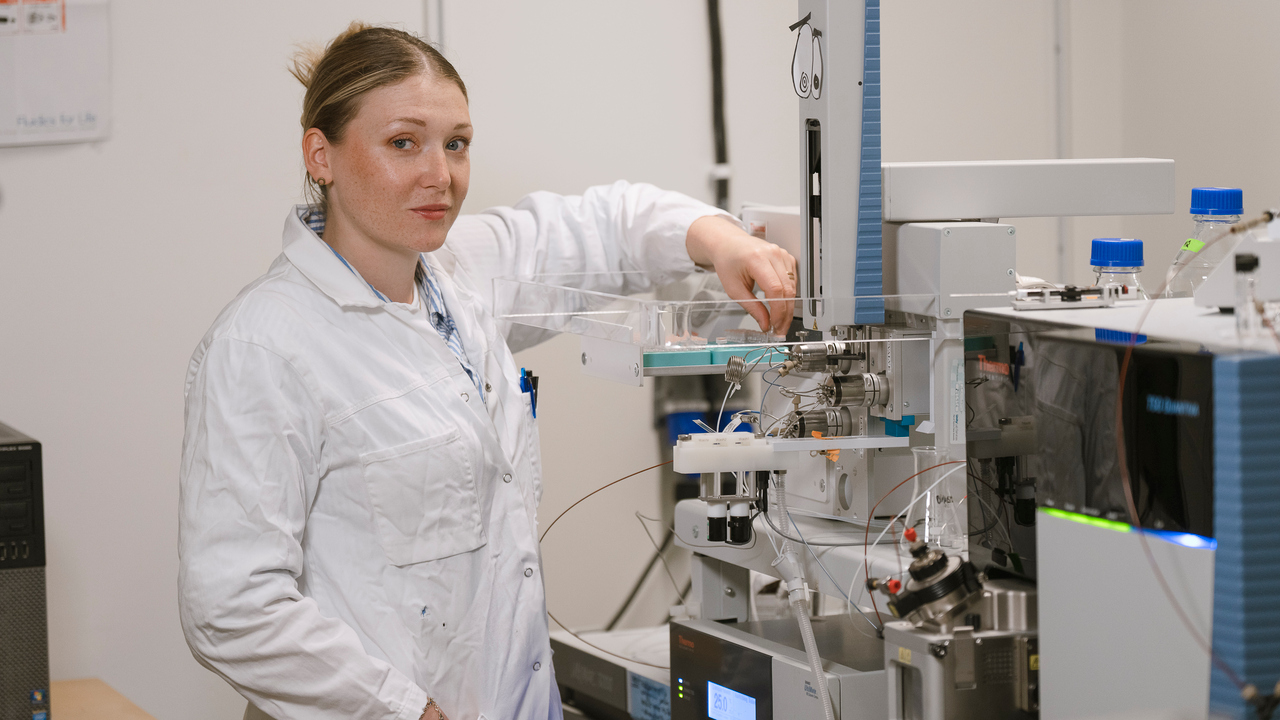About PFAS
Per- and polyfluoroalkyl substances (PFAS) are a large group of chemicals used in products like stain-resistant carpets, grease-resistant food packaging, water-repellent clothing, ski wax, and firefighting foam. Known for their extreme environmental persistence, some PFAS are classified as persistent organic pollutants. In Sweden, several incidents of PFAS-contaminated drinking water have been linked to the use of firefighting foam. PFAS exposure has been associated with adverse health effects, including elevated cholesterol levels, lower birth weights, and weakened immune function.


